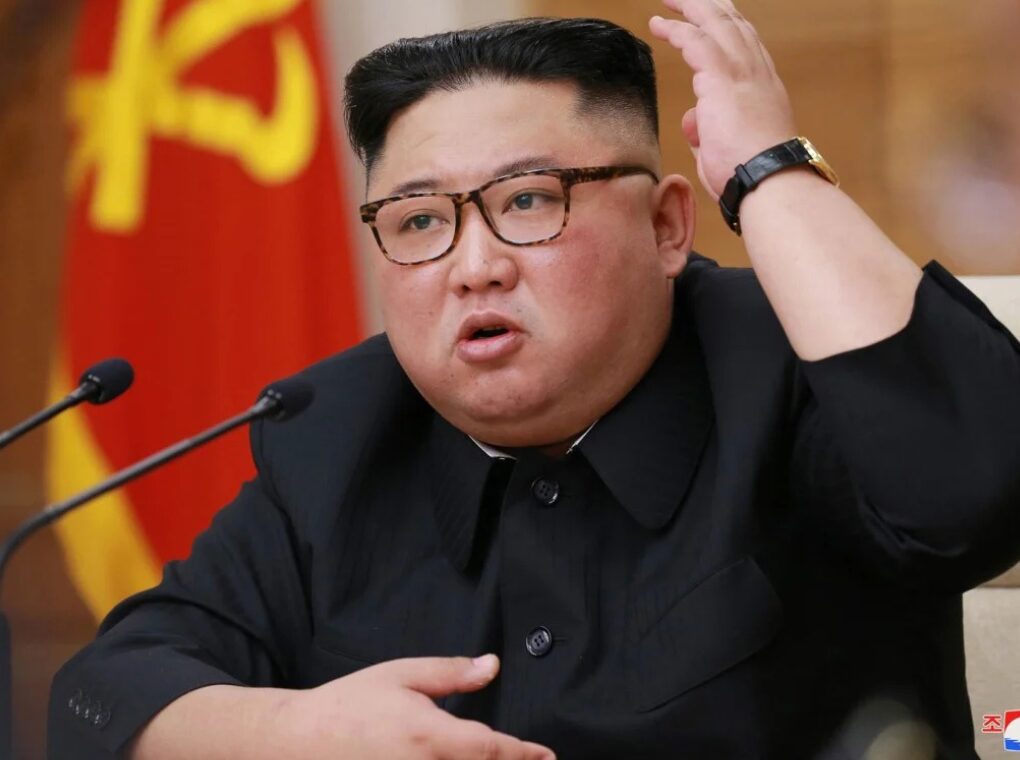North Korea conducted its first ballistic missile launches in five months on Wednesday, just days before the Asia-Pacific Economic Cooperation (APEC) summit in South Korea. The tests come amid heightened diplomatic activity and renewed uncertainty over the future of nuclear negotiations with the United States.
Multiple Missiles Launched from Near Pyongyang
According to South Korea’s Joint Chiefs of Staff, several suspected short-range ballistic missiles were fired from an area south of Pyongyang and flew approximately 350 kilometers toward the northeast. The military did not specify where the projectiles landed. The launches mark the first such activity since May, when Pyongyang tested short-range systems simulating nuclear counterstrikes against U.S. and South Korean forces.
This latest show of force also represents the first missile tests since South Korean President Lee Jae-myung took office in June. President Lee has pledged to pursue peace and dialogue on the Korean Peninsula but now faces an immediate challenge to his administration’s security agenda.
Timing Linked to High-Stakes Diplomatic Events
The tests occurred just days before global leaders are expected to gather in Gyeongju for the APEC summit, which South Korea is hosting from October 30 to November 1. The summit is expected to focus on regional economic integration and security cooperation.
Former U.S. President Donald Trump was expected to arrive in South Korea for bilateral meetings with President Lee and Chinese President Xi Jinping prior to the summit. However, South Korean officials now say Trump is unlikely to attend the main conference.
Regional analysts believe North Korea’s missile launches are a deliberate attempt to assert strategic relevance ahead of the summit. Experts have long warned that Pyongyang may conduct weapons tests before or during major international events to demand recognition as a nuclear-armed state and to pressure the United Nations to lift the economic sanctions crippling its economy.
Kim Jong-un’s Strategic Messaging
Since the collapse of nuclear talks with Trump in 2019, Kim Jong-un has accelerated his weapons testing program, framing it as a defense against what he calls “U.S. hostility.” Despite crippling sanctions and international condemnation, Kim has continued to develop advanced missile systems, including multiple independently targetable reentry vehicle (MIRV) capabilities designed to overwhelm U.S. missile defenses.
At a military parade on October 10, marking the 80th anniversary of the ruling Workers’ Party, Kim unveiled the Hwasong-20 intercontinental ballistic missile (ICBM)—described by state media as the nation’s “most powerful nuclear strategic weapon system.” The parade, attended by high-level Russian and Chinese delegations, underscored Pyongyang’s growing alignment with Moscow and Beijing amid deepening global polarization.
Prospects for Renewed Negotiations
Last month, Kim hinted at a conditional return to diplomatic engagement, suggesting that North Korea could resume talks if Washington abandons its demand for full denuclearization. Trump, for his part, has reiterated openness to new diplomacy, though no formal communication channels appear to have been re-established.
For Seoul and Washington, the missile tests reinforce a familiar dilemma: how to respond firmly to provocations without closing the door to potential dialogue. With the APEC summit approaching and tensions running high, regional observers warn that Pyongyang’s next moves—possibly including an ICBM test—could shape the diplomatic tone of East Asia’s most important gathering this year.
